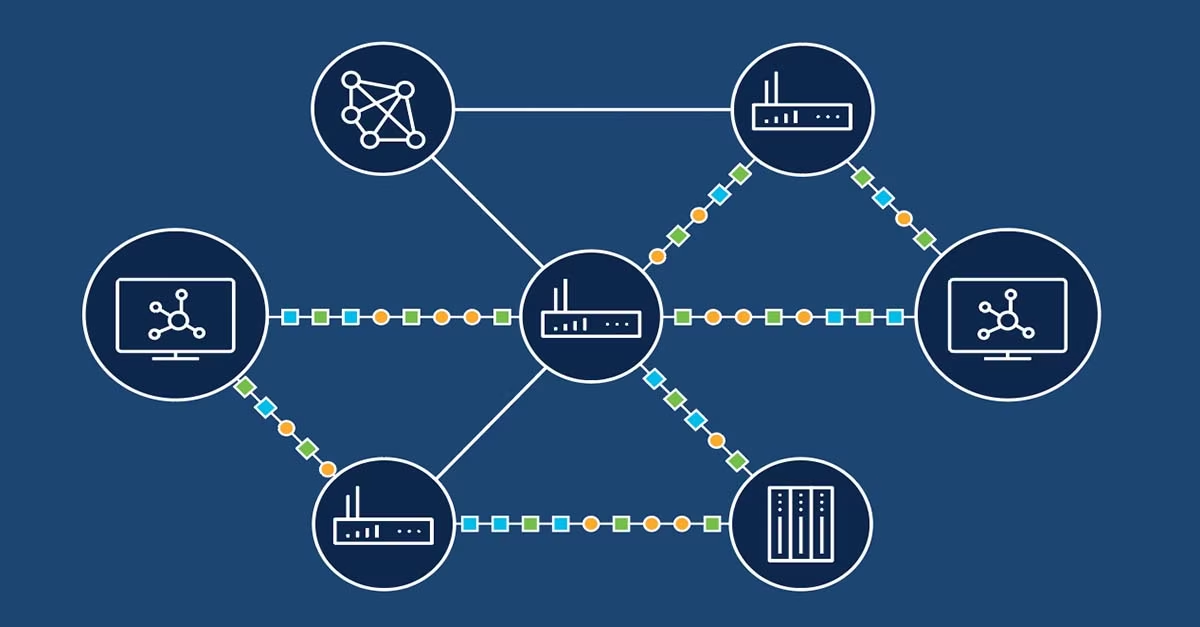API, the Application Interface is in working mode!
The applications you are using like food eateries,
clothing, e-commerce, and all, on every application you are sending a request and
getting a reply; the request sent from the user end is taken via the application
to the concerned server and the server gives a reply to it eventually. Thus, for
all the above-mentioned cycle processes API aka application programming interface
is working.
What exactly API is?
An application Programming Interface or API
is a middleman in application technology whose function is to set rules,
standards and protocols that will allow the different software applications to
communicate, receive or send data with each other on different or same grounds.
So, basically, API is asking you to let your application services of yours interact with the application service of others without even asking each other
that ‘how they are processing or working?
API can be released in different policies
method:
Private: The company is the master of this API and is controlled by the company only.
Public: This API is open to all and can be used by any
innovator to use by, to create any innovation.
Partner: Partner API defined itself, that it is
sometimes private or sometimes public in nature, i.e., partners can limit the
sharing and usage of API, without compromising the API quality and encryption.
Composite: These combine two or more APIs’ together to
address complex system requirements at the user end.
Usage of API:
The main function is to request data from one end and
send it to another end, like a request made by the user replied to by the API on a web
browser.
API is an updating tool as well which means updating
social media, updating servers, adding, or deleting things etcetera. API uses
all this through integration property.
Benefits of using API:
--Data Sharing
--Increased Security
--Easy to use
How does API function?
REST API: Representational
State Transfer. The REST API let the data be shared between the client and server using the HTTP method via a set of functions like GET, PUT etcetera. It is stateless in
nature, thus not saving any user data at an end. The REST API has major
benefits like integration, innovation, ease of maintenance and expansion. REST
API can be made secure via authentication tokens and API Keys
SOAP API: Simple
Object Access Protocol. The messages between the client and server are exchanged
via the XML method. This is an old API method, frequently used in past, nowadays
REST API is more frequently in usage.
RFC API:
Remote Procedure Calls. At first, the client input the function/procedure on the
server then only the server give output to the client.
WebSocket API:
It is another modern API after the REST API. It uses JSON to exchange messages
between clients and the server. It supports two-way communication, i.e., a client
can send call-back messages to the server, making it more efficient than the
REST API.
GRAPH QL API: It is a special type of query language created
for the API exchange of messages only. It is a developer-friendly, fast, and flexible
format an easy manner giving an output of required data only neither less than
that nor more than asked. It gives free hand to developers for the database's
multiple queries, microservices and APIs’, thus making it easy to handle and
update developers.
API
GATEWAY: An API Gateway is a management tool client that will use a broad
range of activities. Like all gateways, the API Gateway handles the tasks like
user authentication, rate management and statistics overall API calls. For example,
Amazon API Gateway.
What is API
testing?
API testing strategies are like other software testing methodologies.
The focus is on validating server responses. API testing includes making
multiple requests to API endpoints for performance testing, writing tests to
check business logic and function and security testing by simulating system
attacks.
Creating an API: A reliable,
flexible, fast and developer-friendly is the prime goal while creating an API.
--PLAN API
--BUILD API
--TEST API
--DOCUMENT THE API
--MARKET THE API

Comments
Post a Comment